How to Care for Orchids
Orchids are a large, disparate group of plants, and most of them are not hard to deal with. Some are quite easy. Gain confidence with these lovely plants with the ones that are easiest to succeed with!
How to Water Orchids
Overwatering is a common cause for death of orchids. People in general ask about a plant’s water need by inquiring how often they should water, and it’s this “how often” outlook that is a big part of the trouble. How often you should water a plant depends on how much water it uses, which is a function of humidity, light, air movement, and what its roots are growing in. Watering by the calendar instead of a plant’s needs is a recipe for failure.
So the short answer to the question of when to water most orchids, including Phalaenopsis and Cattleya, is: Just before it goes dry. How often is that? In practice, it can differ from every few days to every couple of weeks. It depends on the orchid and on the conditions in your home. One of those conditions — an important one — is the medium the orchid is growing in.
The best way to evaluate moisture is the old-fashioned method — push your finger in the planting medium. Pull it out, then rub your fingers together. You can easily feel if any moisture is present. It’s time to water, if you don’t feel any. After a long time, you’ll develop a sense of how often to water, and how conditions (seasonal changes, for example) affect frequency. You’ll develop a “feel” for how heavy the pot is too when the planting medium is dry, another method to evaluate moisture levels.
Tip: A few suppliers (Charley’s Greenhouse, for example) sell clear plastic pots. You’ll see the condensation on the inside of the pot, when moss or bark — the best planting media for orchids — is moist. When it’s dry, you won’t, and you’ll know it’s time to water again.
Watering is no more complex than pouring water into the potting medium and letting the excess drain through the bottom. I have noticed that some orchids sold in stores are in pots with no drainage holes. That makes it far more troublesome to water right, so I’d suggest repotting in a different pot (or drilling holes, if you have the tools).
Why Potting Mix Is Important
It’s impossible to properly talk about watering without thinking about rooting media. Orchids are widely potted in one of two media: moss or bark. Both are perfectly good materials, but they need somewhat different care. Moss acts like a sponge, and it takes much longer to become completely dry. hence, the orchids such as Phalaenopsis and Cattleya which need to get completely dry thoroughly before watering, moss needs a longer wait before watering and is less forgiving of too-frequent watering. Bark, which holds little water, causes less risk for these orchids. The rule of thumb for these orchids is: Water the day before the medium dries out.
Lady slipper and nun’s orchids get pleasure from conditions on the moist side and they’ll do better if you don’t let them go completely dry. Moss is a good choice for them, providing sufficient water for longer intervals between watering. Can these moisture lovers also be grown in bark? Sure, if it’s fine-textured. To be prepared to water more frequent.
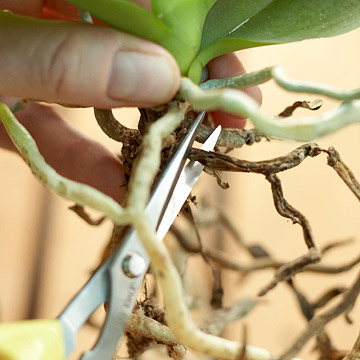
Orchid media decays over time, especially bark. When this occurs, the bark loses the fast-draining qualities that many orchids prefer. That’s why it’s necessary to repot in new bark every year or two. It’s an easy two-step process. Just take out the orchid from the old bark, which you can just throw on the compost pile. cut off dead roots (which will be dark and shriveled, compared to the firm, fleshy, light-color healthy roots). Put back the orchid into the pot and restuff it with the new bark.
Fertilizing Orchids
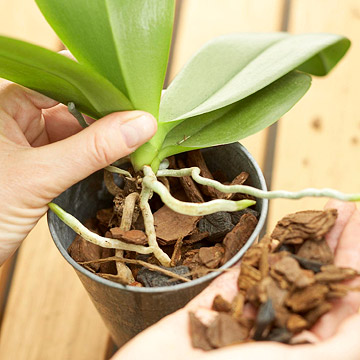
Fertilizing with quarter-strength is a common recommendation. Use water-soluble fertilizer every time you want to water the plants. That means whatever the fertilizer label says to mix into the water, use only one-fourth that amount, and add it every time you water. This constant “spoon-feeding” is good for plants and makes sure you never have to worry about when you fertilized last time.
Orchids and Light
Homes generally have dim light (from a plant’s perspective), so orchids that tolerate low light levels bear a better chance than those that need strong light. An east-facing windowsill is an important spot to grow your orchid. The sunshine from an unscreened south-facing window can be a bit too bright (and hot), but a sheer curtain provides just the right amount of filtering. Or set the orchid back away from the window so it’s not constantly in strong indirect light.
West-facing windows make it just too hot for orchids. However, with some filtering (as you would with a south-facing window) you might make it succeed. The light at a north window is generally just too dim for orchids.
You may want to use a blooming orchid as a table decoration, or place it somewhere away from a window. There’s no harm in doing so, as long as you turn the orchid back to better light when it’s done blooming.
Orchids and Humidity
Rain forest humidity is not necessary for these orchids, and may do well in your home without additional measures. But the dry atmosphere of an air-conditioned home can be difficult. That’s why a daily mist, or setting orchids on a moist bed of gravel, makes it easier for success.
One precaution: Orchid pots should sit on top of the gravel, not nestled within it. Otherwise, you risk wicking moisture up through the bottom of the pot and soaking the roots.
The Easiest Orchids for Novices
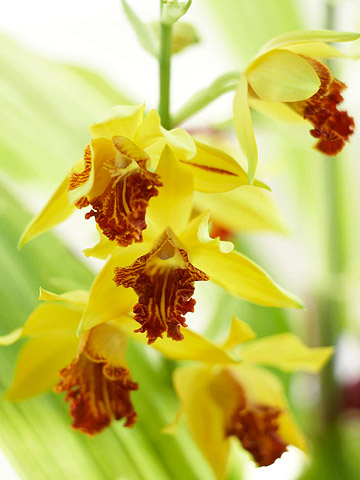
Three orchids(nun’s orchid (Phaius), hybrid, Phaiocalanthe, and tropical lady slipper orchids (Paphiopedilum) are very successful with care that is similar to that of many houseplants: regular watering and average light. if you can grow a ficus or a pothos, you can grow one of these orchids. It would be difficult to water these moisture-loving orchids too much, which is significant factor because that’s perhaps the most common cause that people kill orchids.
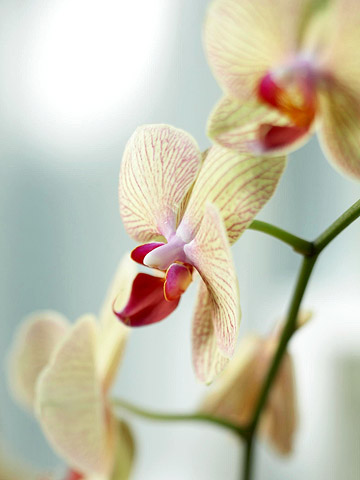
Phalaenopsis (the moth orchid) and Cattleya hybrids (the “corsage orchid”) prefer dry roots, so are vulnerable to being “loved to death” with overwatering, but are otherwise reasonably easy to grow.
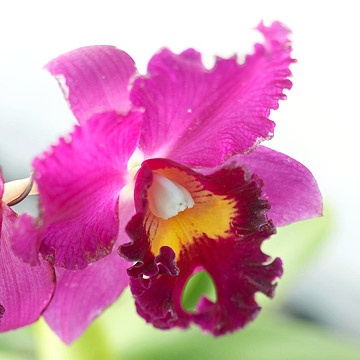
Another orchid worth noting is the Cymbidium. It’s a fantastic orchid for Northerners because it responds to the short days of winter by flowering. In the South, with its fairly long winter days, it can be hard to get to bloom. And like the other orchids we covered, Cymbidium can be successful in a home environment.

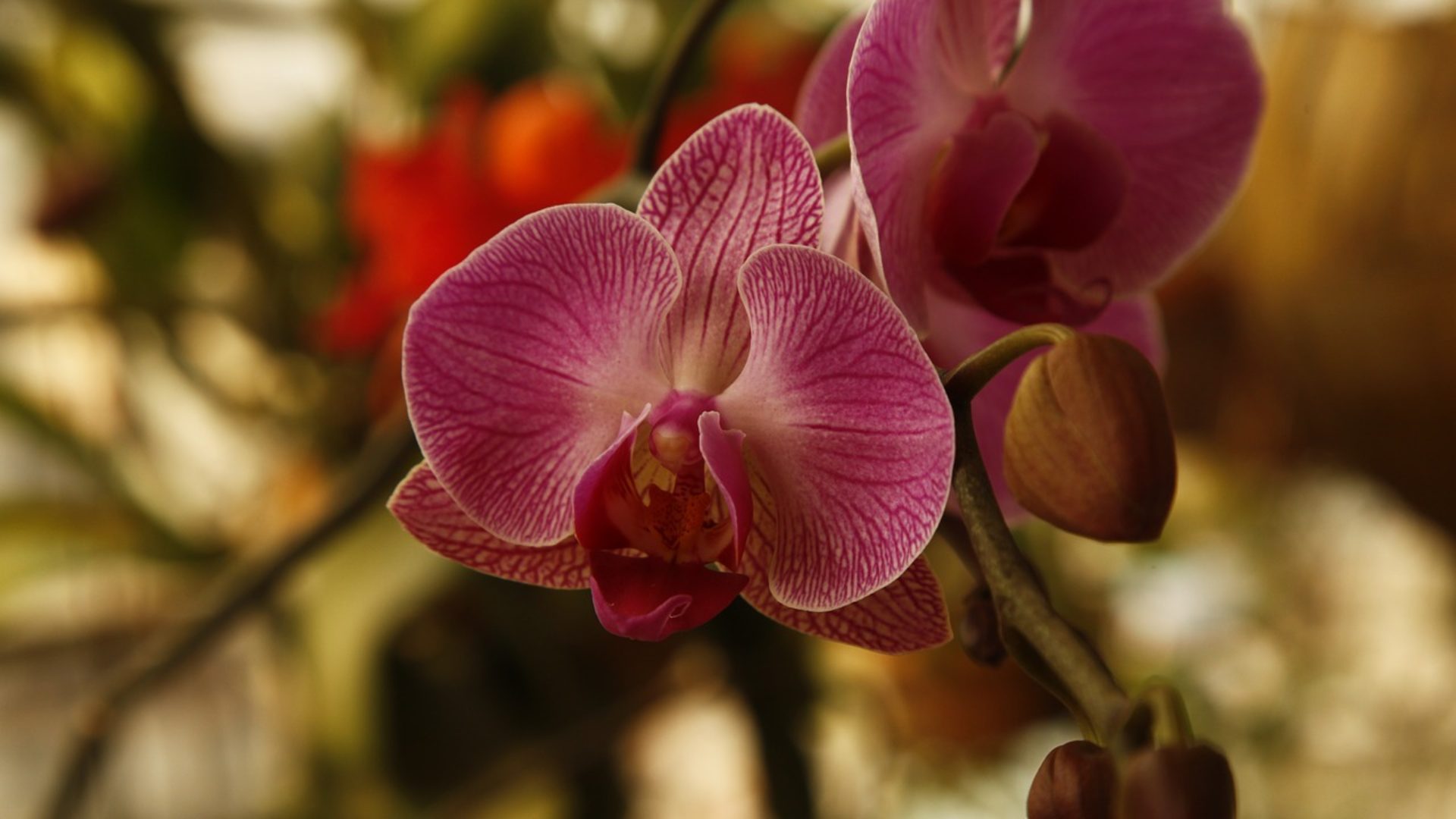
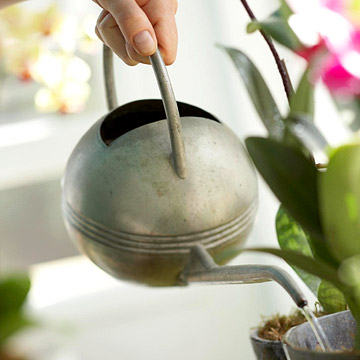
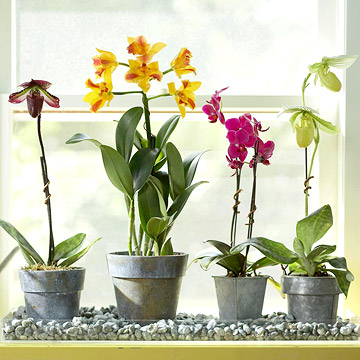
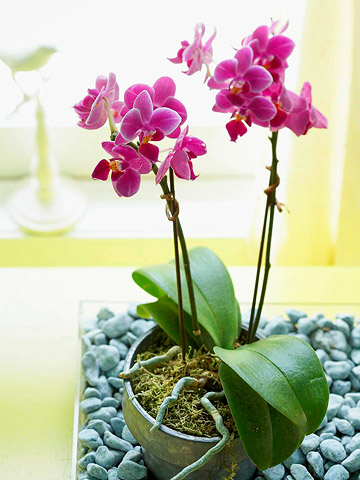
5 thoughts on “How to Care for Orchids”
I’m gone to say to my little brother, that he should also visit this blog on regular basis to take updated from hottest news update.
I think the admin of this web site is really working hard for his site, because here every stuff is quality based material.
I love reading an article that will make people think.
Also, thanks for allowing me to comment!
this article is very thorough. can you tell me some citations where you got the source from? thank you
I see your blog needs some fresh posts. Writing manually takes
a lot of time, but there is tool for this time consuming task, please send me a pm and I can help you out